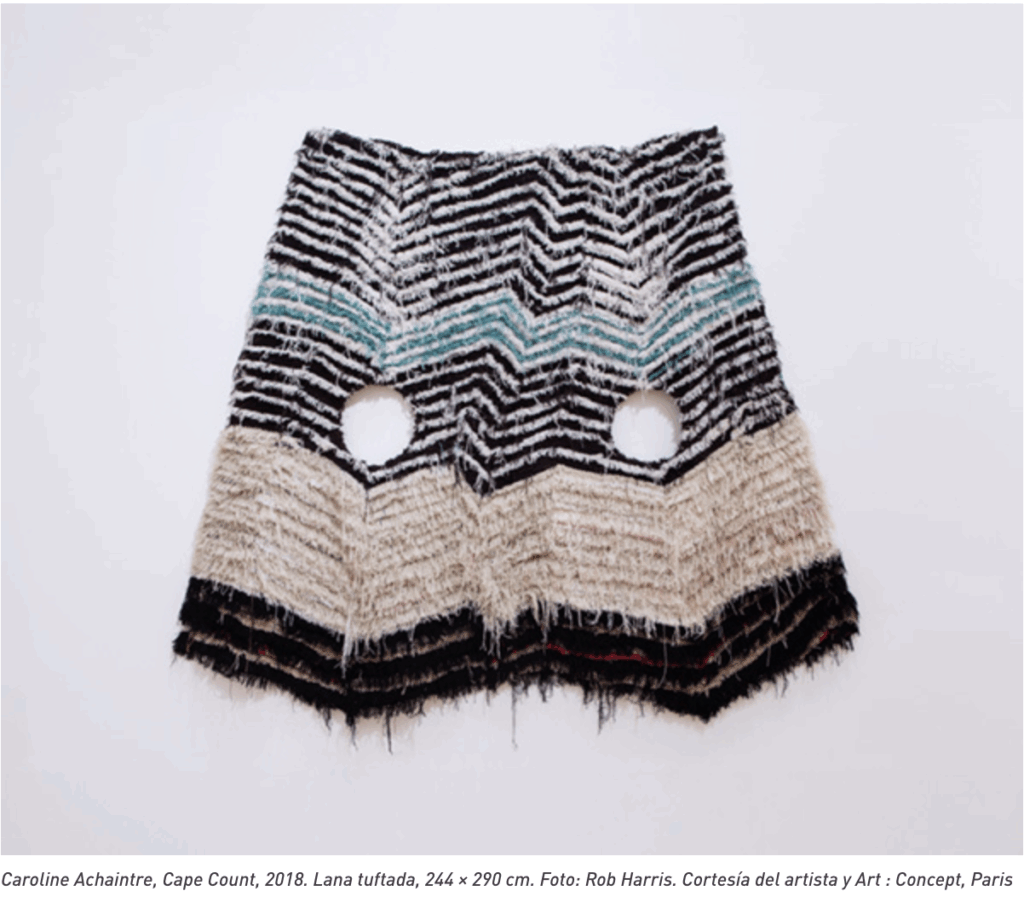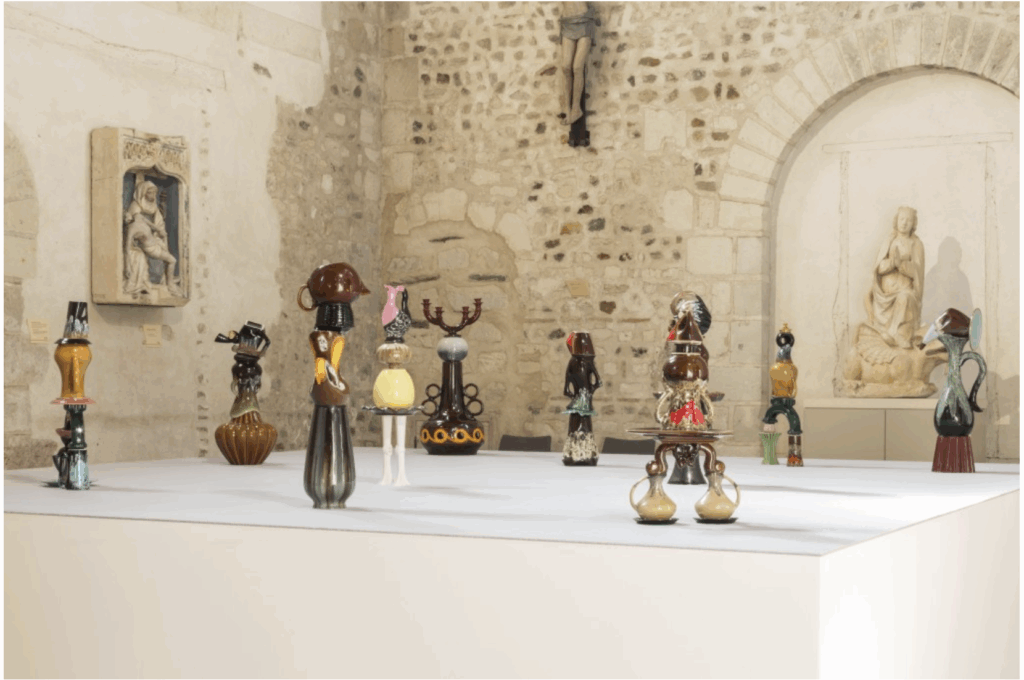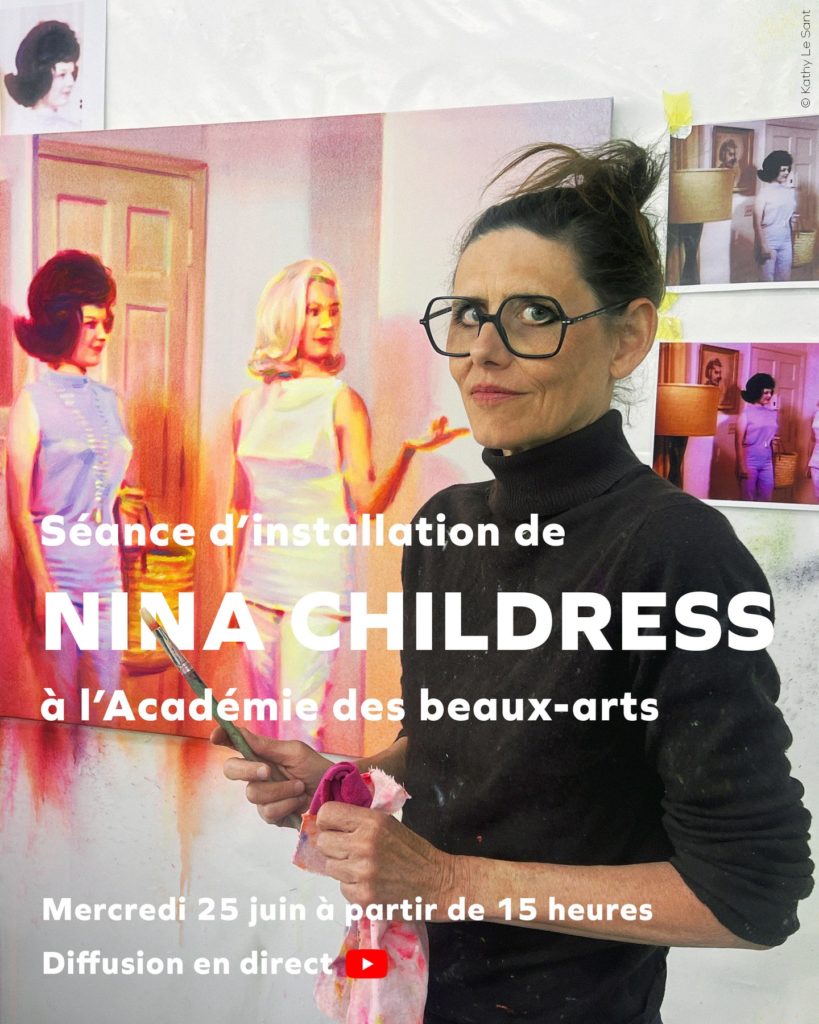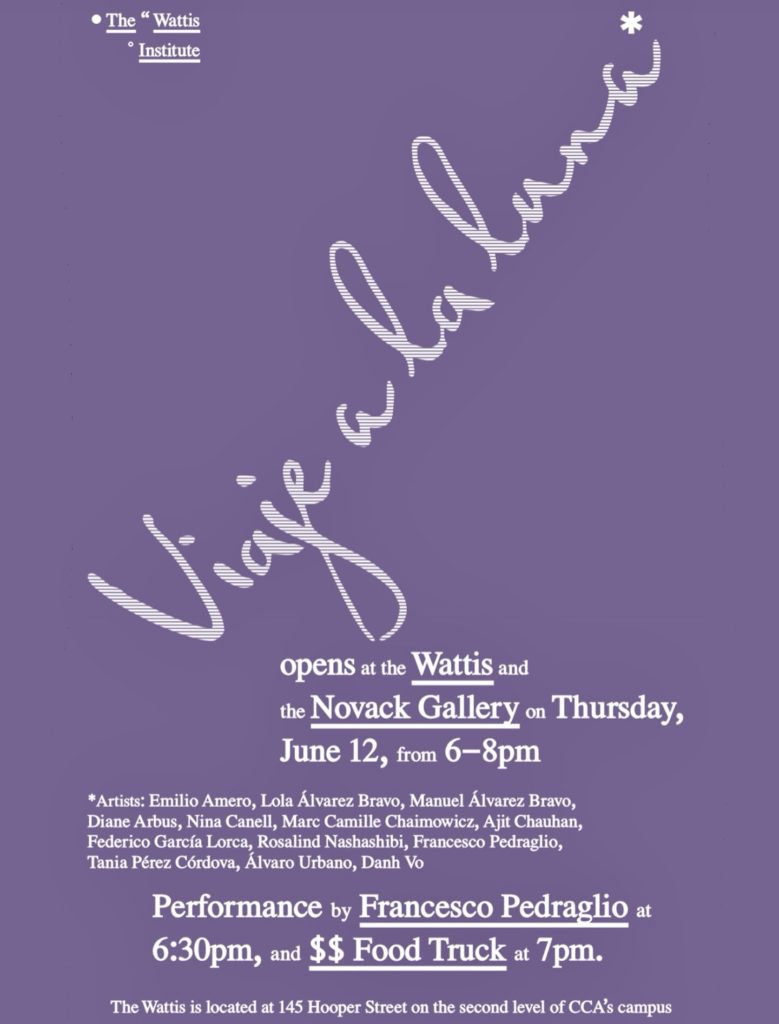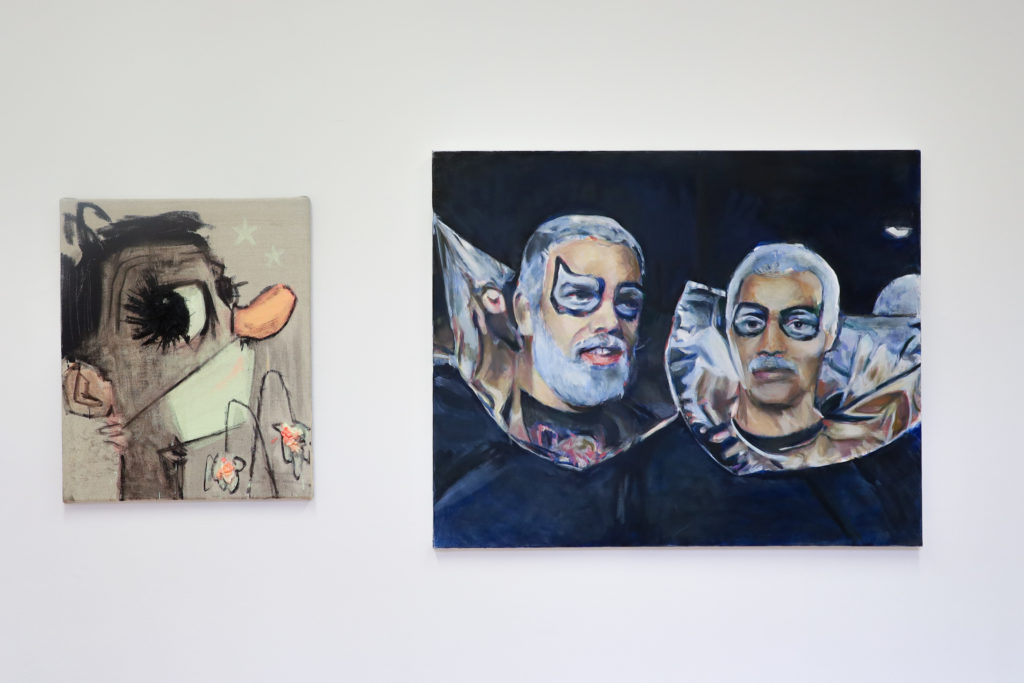Art en lieux is a program developed since 2004 with the municipality of Royère de Vassivière. It places the encounter of local residents with the collections of the Frac-Artothèque Nouvelle-Aquitaine at the heart of the project.
This year, the Frac-Artothèque has selected works in close collaboration with local residents, who are opening their doors to contemporary art. The pharmacist, the hairdresser, the butcher, the garage owner, the doctor, the town hall workers, the journalists from Radio de Vassivière, etc., all welcome works of art to share with the local population and visiting tourists alike. Art en lieux builds on the notion of lending works of art that characterizes the Artothèque, extending it and contributing to the development and enhancement of learning by contemporary art enthusiasts on a village scale. The Art en lieux project affirms the desire to bring art as close as possible to each and every one of us.
With works by :
Julien AUDEBERT
Raphaël BOCCANFUSO
Jean-François BORY
Anne BRÉGEAUT
Henri CUECO
Alix DELMAS
Bertrand DEZOTEUX
Gabriele DI MATTEO
Laure-Anne ESTAQUE
Sylvie FAJFROWSKA
HIPPOLYTE HENTGEN
Anne-Marie FILAIRE
Tetsumi KUDO
Laurent LE DEUNFF
Matt MULLICAN
RAMON
Daniel SILVO
Anat SHALEV
Klaus STAECK
Boyd WEBB
From the collection of Frac-Artothèque Nouvelle-Aquitaine
